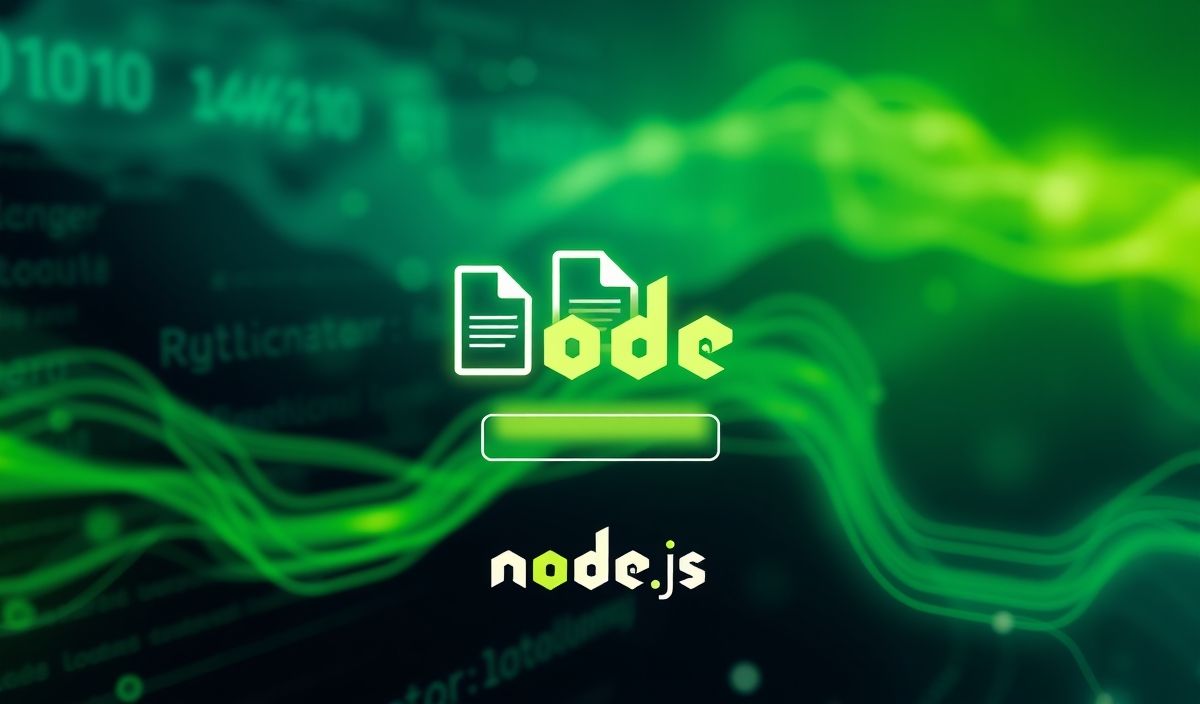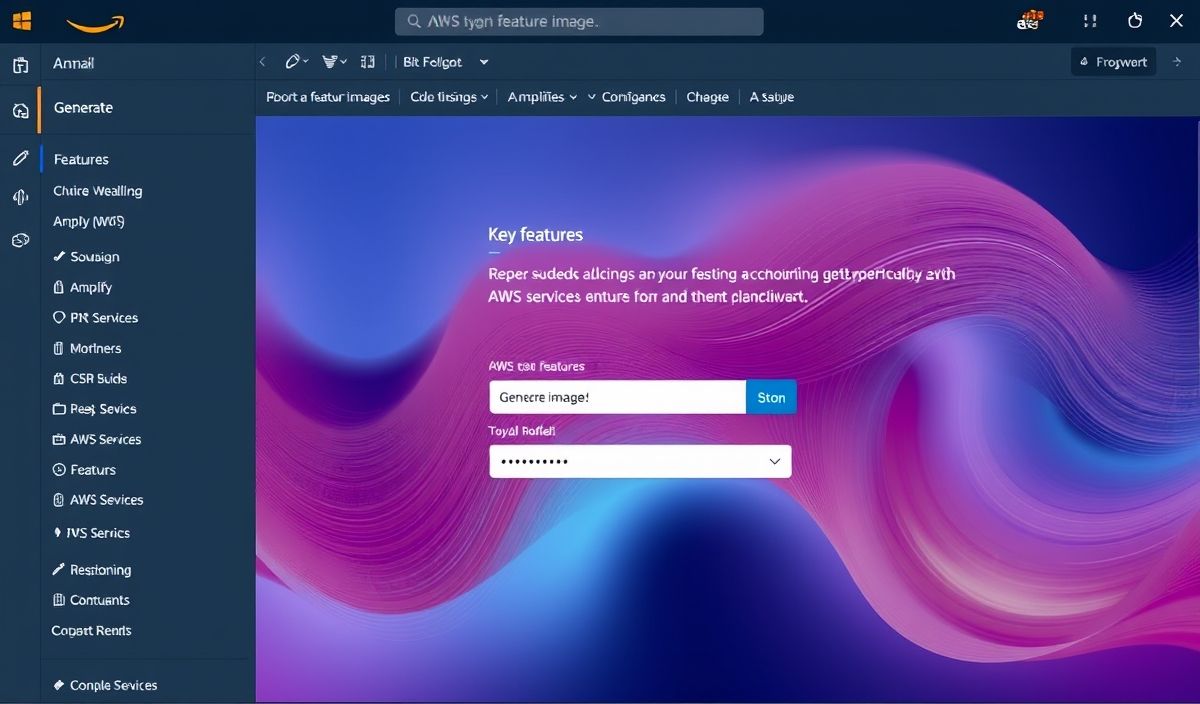Introduction to QuantLib
QuantLib is an open-source library for quantitative finance, providing tools for valuation, trading, and risk management. It offers a vast array of features including pricing various financial instruments, managing portfolios, and performing quantitative risk assessment.
Key API Examples
1. Date Calculation
from QuantLib import Date, Months, Period
date = Date(15, 3, 2023)
future_date = date + Period(3, Months)
print(future_date)
2. Day Count Conventions
from QuantLib import Actual360, Thirty360, Date
start_date = Date(1, 1, 2023)
end_date = Date(1, 7, 2023)
day_count = Actual360()
t360 = Thirty360()
print(day_count.yearFraction(start_date, end_date))
print(t360.yearFraction(start_date, end_date))
3. Interest Rate Curve
from QuantLib import ZeroCurve, Date, SimpleQuote, RateHelper
dates = [Date(1,1,2023), Date(1,1,2024), Date(1,1,2025)]
rates = [SimpleQuote(rate) for rate in [0.01, 0.015, 0.02]]
helpers = [RateHelper(rate, date) for rate, date in zip(rates, dates)]
curve = ZeroCurve(dates, rates, dayCounter=Actual360())
4. Bond Pricing
from QuantLib import Bond, Schedule, Date, SimpleQuote, FixedRateBond, ActualActual, UnitedStates
from QuantLib import TARGET, Annual
settlement_days = 3
face_value = 100
coupon_rate = 0.045
start_date = Date(1, 1, 2020)
maturity_date = Date(1, 1, 2030)
calendar = TARGET()
schedule = Schedule(start_date, maturity_date, Period(Annual), calendar, BusinessDayConvention.ModifiedFollowing, BusinessDayConvention.ModifiedFollowing, DateGeneration.Backward, False)
day_counter = ActualActual()
bond = FixedRateBond(settlement_days, face_value, schedule, [coupon_rate], day_counter)
clean_price = bond.cleanPrice(0.04, day_counter, Compounding.Compounded, Frequency.Annual)
print(clean_price)
5. Option Pricing
from QuantLib import EuropeanOption, PlainVanillaPayoff, EuropeanExercise, QuoteHandle, SimpleQuote
spot = QuoteHandle(SimpleQuote(100))
strike = 100
payoff = PlainVanillaPayoff(Option.Call, strike)
maturity = Date(15, 6, 2023)
exercise = EuropeanExercise(maturity)
vanilla_option = EuropeanOption(payoff, exercise)
print(vanilla_option.NPV())
Practical Application Example
import QuantLib as ql
# Parameters
spot_price = 100.0
strike_price = 100.0
maturity = ql.Date(15, 6, 2023)
risk_free_rate = 0.05
dividend_yield = 0.02
volatility = 0.20
# Creating the Black-Scholes-Merton process
spot_handle = ql.QuoteHandle(ql.SimpleQuote(spot_price))
flat_ts = ql.YieldTermStructureHandle(ql.FlatForward(0, ql.NullCalendar(), ql.QuoteHandle(ql.SimpleQuote(risk_free_rate)), ql.Actual360()))
dividend_yield = ql.YieldTermStructureHandle(ql.FlatForward(0, ql.NullCalendar(), ql.QuoteHandle(ql.SimpleQuote(dividend_yield)), ql.Actual360()))
flat_vol_ts = ql.BlackVolTermStructureHandle(ql.BlackConstantVol(0, ql.NullCalendar(), ql.QuoteHandle(ql.SimpleQuote(volatility)), ql.Actual360()))
bsm_process = ql.BlackScholesMertonProcess(spot_handle, dividend_yield, flat_ts, flat_vol_ts)
# European Option
payoff = ql.PlainVanillaPayoff(ql.Option.Call, strike_price)
exercise = ql.EuropeanExercise(maturity)
european_option = ql.EuropeanOption(payoff, exercise)
# Pricing Engine
european_option.setPricingEngine(ql.AnalyticEuropeanEngine(bsm_process))
# Price
price = european_option.NPV()
print("The option price is:", price)
QuantLib empowers financial engineers with the capability to create sophisticated models and tools for finance. The above APIs and example serve as an introductory guide to get started with QuantLib’s diverse functionalities.
Hash: 488f39866b552602bf30b5566e3073aae062e85a81f254de11b96da6b3c8be1f




